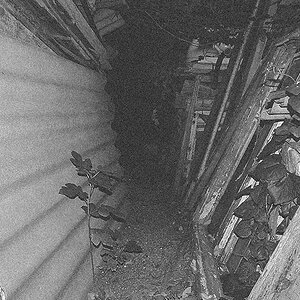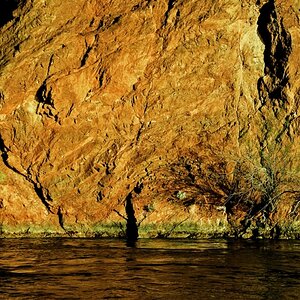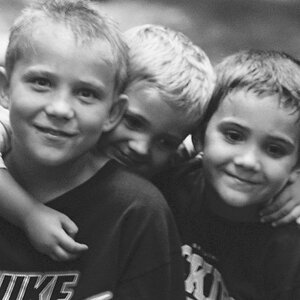ted_smith
TPF Noob!
- Joined
- Oct 4, 2006
- Messages
- 65
- Reaction score
- 0
- Can others edit my Photos
- Photos NOT OK to edit
While browsing the Internet, or reading any book about photography, there's almost always an entry beneath the picture stating a mixture of the following, or all of them : Location\Title of subject the F stop used, Exposure, ISO film speed, Film type (manufacturer and version) The lense used The body used etc etc. I wonder, how do people keep track of all this with film photography? I realise with digital there's the EXIF data that tells you, but with film, how do people keep track? Bearing in mind of course that digital EXIF data has only been a convenience for the modern day photographer in say the last 7 years or so. And the entries I refer to go back decades. So my question : how do photographers keep track of it (paper and pen?), especially when shooting lots of film in a short period of time? Is there some information somewhere that I'm missing? Is it stored in modern film cameras somewhere? Or is there soom nifty accessory that you can use? Ted


![[No title]](/data/xfmg/thumbnail/36/36299-468f060314a0ac2bf5e37da1c33149d2.jpg?1619737493)


![[No title]](/data/xfmg/thumbnail/39/39533-c2c39d37e833a4689533c897ace8c348.jpg?1619739073)

![[No title]](/data/xfmg/thumbnail/39/39292-4169a355b794ae9735845c4ad45d06ff.jpg?1619738958)

![[No title]](/data/xfmg/thumbnail/32/32706-50b778fbc110c8ea4472547d54c6a923.jpg?1619735610)
![[No title]](/data/xfmg/thumbnail/37/37626-4a6ffc3f17ab3a8e97170fda3276640e.jpg?1619738154)
![[No title]](/data/xfmg/thumbnail/32/32705-430f9656769ce9d03c57fbe11537d5f5.jpg?1619735608)
